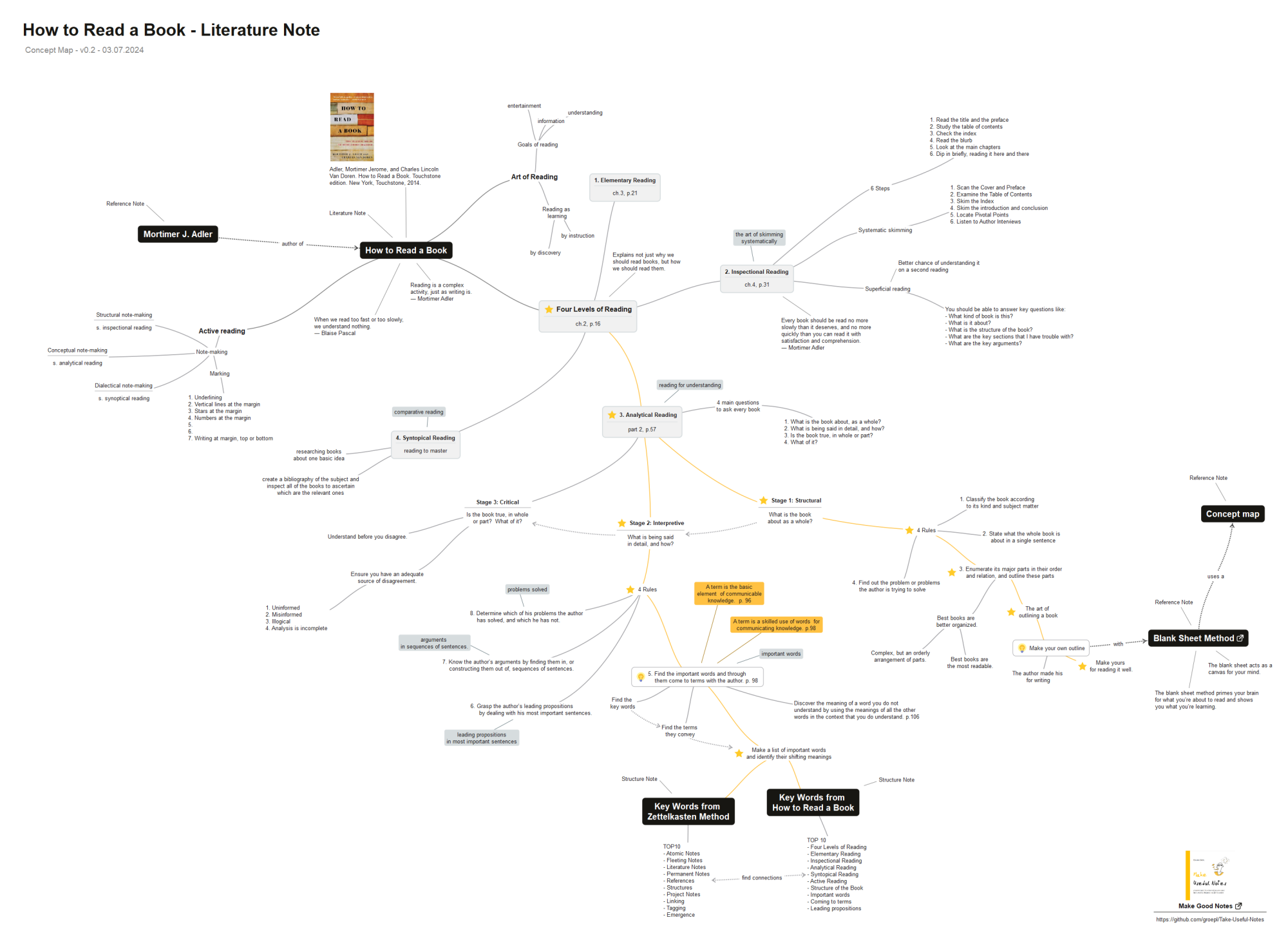Müller, A., and A. Socin. “Heinrich Thorbecke’s Wissenschaftlicher Nachlass Und H. L. Fleischer’s Lexikalische Sammlungen.” Zeitschrift Der Deutschen Morgenländischen Gesellschaft 45, no. 3 (1891): 465–92. https://www.jstor.org/stable/43366657
Title translation: Heinrich Thorbecke's scientific estate and HL Fleischer's lexical collections
Journal of the German Oriental Society
... wrote a note. There are about forty smaller and larger card boxes , some of which are not classified, but this work is now being undertaken to organize the library. In all there may be about 100,000 slips of paper; Of course, each note contains only one ...
Example of a scholar's Nachlass which contains a Zettelkasten.
Based on this quote, there is a significant zettelkasten example here.
